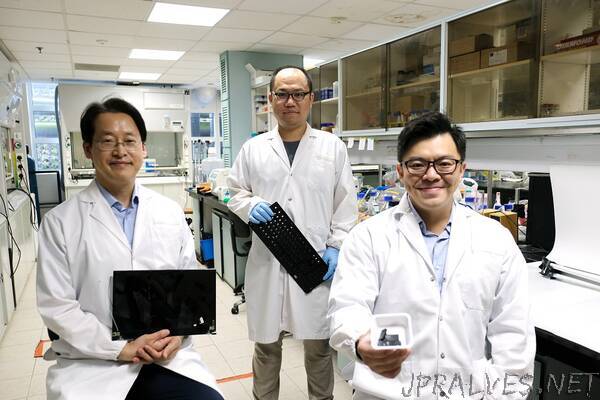
“Plastics found in electronic waste (e-waste) are rarely recycled due to their complex composition and hazardous additives, but scientists at NTU Singapore have developed a new use for them – by repurposing them as an alternative to the plastics used in laboratory cell culture containers, such as petri dishes.
The team at NTU Singapore–CEA Alliance for Research in Circular Economy (SCARCE) repurposed the e-waste plastics, subjecting them only to sterilisation, before being trialled in lab experiments.
The team found that over 95 per cent of the human stem cells seeded on plastics scavenged from discarded computer components remained healthy after a week, a result comparable to cells grown on conventional cell culture plates.
These findings, described in a study published online in the scientific journal Science of the Total Environment, indicate a potential new sustainable use for e-waste plastics, which account for about 20 per cent of the 50 million tonnes of e-waste produced worldwide each year.
Repurposing them for cell culture in the lab would not only allow maximum value to be recovered from e-waste plastics, but also help to reduce the amount of plastic waste generated from biomedical research, said the NTU research team. A study in 2015 estimated that 5.5 million tonnes of lab-related plastic waste , including cell culture dishes, is generated globally in a year.
These new findings build on a 2020 study led by the same NTU team, which investigated the effect of e-waste plastics on six different human cell types and found healthy cell growth despite the hazardous elements to be found in e-waste plastics.”
